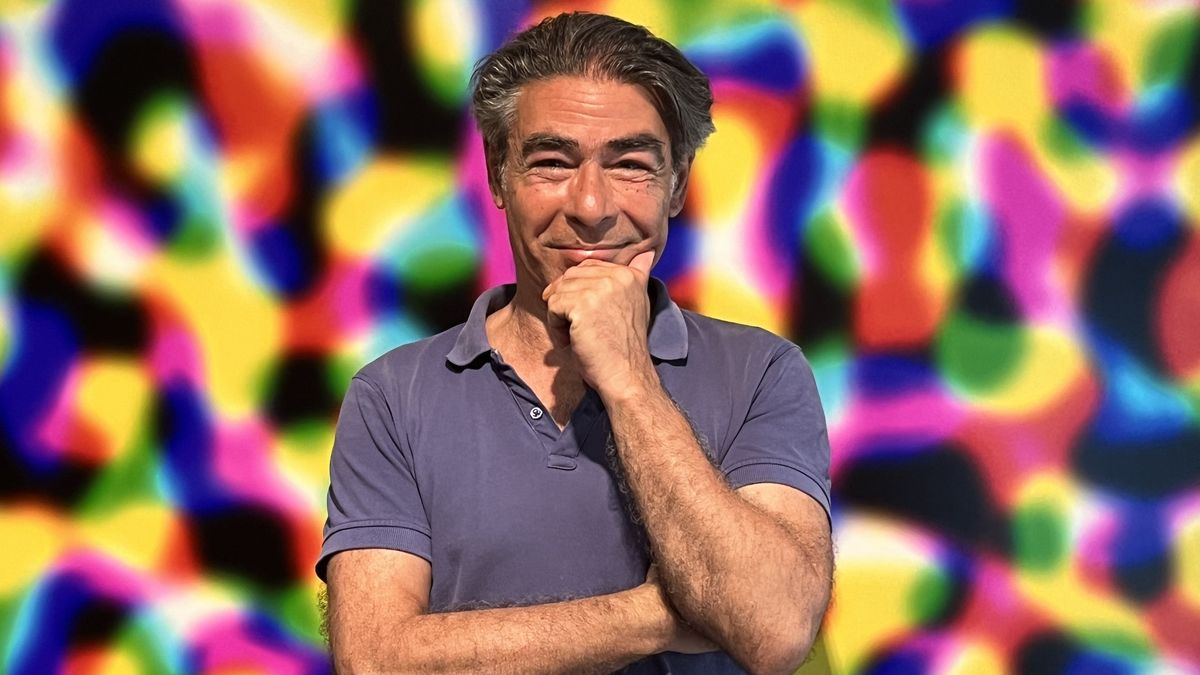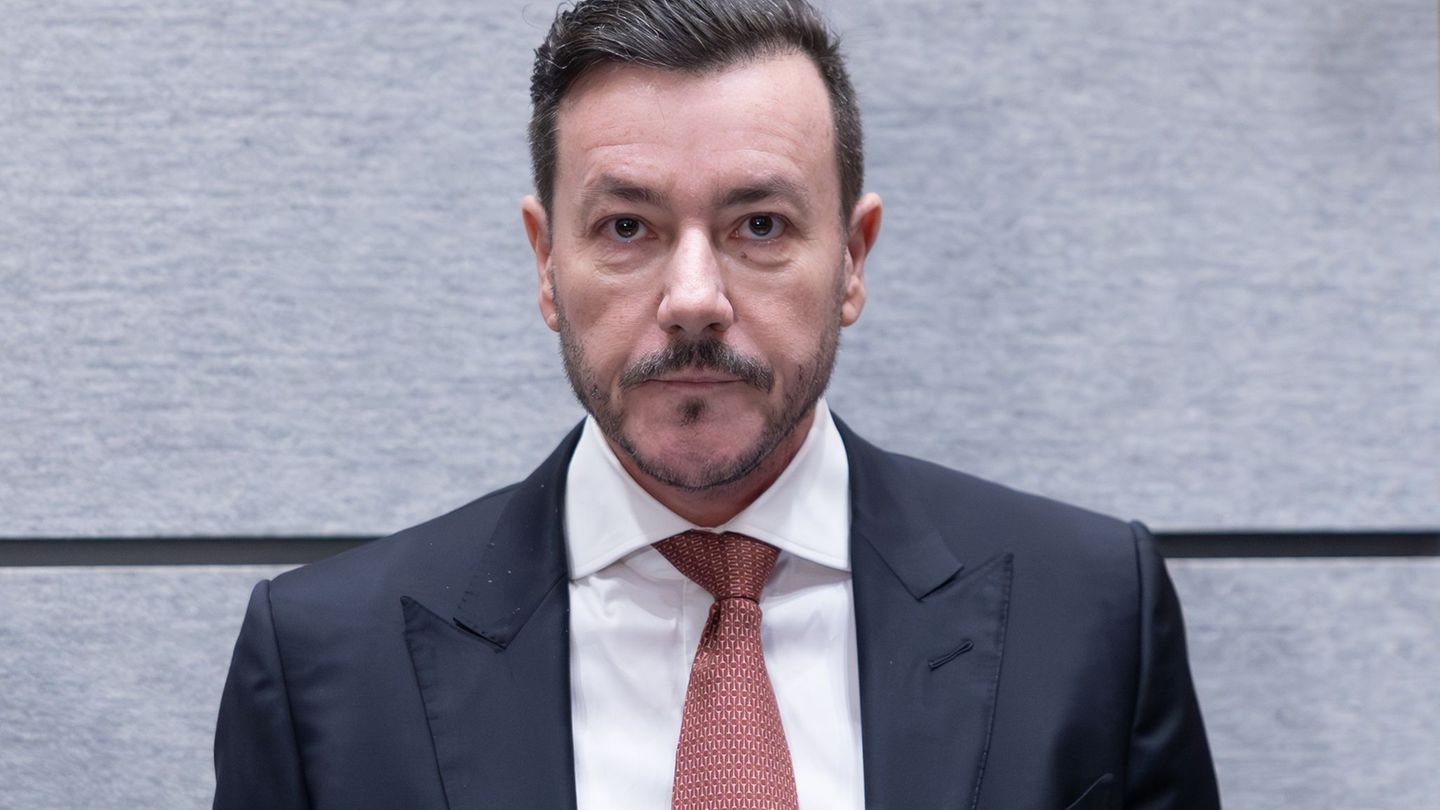He Museum of Contemporary Art of Buenos Aires (MACBA) presented the exhibitions of Ernesto Ballesteros (1963), Roberto Aizenberg (1928-1996) and Stella Ticera (1999). Perhaps because the artists belong to different times and styles, but come from the same gallery, the question about what role the Muse playseither.
The sample “Chemically impure” of Crossbowmenextends from the late 80s to the present. The comics “I see see” and the passage from the skies of the comic to some large paintings mark the beginning of the exhibition. The tour, according to the curator Rodrigo Alonsois “anachronistic”, that is, alien to time.
About the work, he clarifies: ““It escapes any conventional classification, it ranges from drawings and paintings to installations and performances, revealing a singularity that is uncommon in the Argentine artistic panorama.”. However, there are issues that can be traced from the dates indicated. Crossbowmen. “The 90s were almost constant mourning for me”acknowledged the artist. He also remembered that after ’97 he was already drawing lines and counting them, marking the intersections, drawing circles according to the turns of the sun and scribbling for a certain time. “These works were a mantra freeing from guilt, a way of liberation from tragedy”he confessed in an interview. “Art is a fragile way to occupy time”held next to Graciela Hasper, Fabio Kacero and Pablo Siquier in it “Fragile Manifesto” of 1999.
own Crossbowmen separates the last stage of its production and, in some way, values it: “Since 2001 I like my own work”. From then on his works climbed positions, such as the series “Light source covered”consisting of photographing landscapes where he superimposes black circles on street lights to cause strange eclipses. And this is how he describes this oddity. “Light sources basically dazzle and, when this happens, it becomes difficult for us to see what is around them. “I began by covering the light sources in my photographs so that the intricate and faint shapes of nebulae, galaxies or interstellar dust could be seen.”.
The mystery of his work is affirmed from then on in the connection with science, games with the invisible and group work. Quantum mechanics and field theory Einstein They inspired his “landscapes”, his special way of approaching nature. “The sky is full of water molecules invisible to the human eye, but a large part of these molecules tend to be confined in specific spaces and create something else we call ‘clouds’. “There are still droplets floating between clouds, they are just spaced apart.”he points out. “All these readings and this holistic way of seeing reality led me to feel the same as the other, in communion with the other: I am convinced that I am him, I am you, I am that and I am not just Ernesto. If something happens to someone else, good or bad, something about me changes.”.
Community work drives drawing competitions and group “games” continue almost to this day. At the MARCO Museum in La Boca, to color the baseboard yellow with short pencil strokes within a month and a half, Crossbowmen He hired almost 20 artists as assistants. The painter Laura Ojeda Baramong them, tells his experience: “Working with Ernesto was enriching. There were many hours of an almost meditative practice, of being present in our bodies in contact with the wall with an energy concentrated on the meeting of the tips of our pencils and the different surfaces that we drew. At the same time, the feeling of community that was generated was very intense, we were a group and each stroke we made was both the most important and the least. “The individual liquefied in the collective effort.”.
Known for the rarity of his almost invisible drawings, the extensive lines he draws with a graphite pencil exerting minimal pressure on the support, the artist kept his airplane model performances almost secret for many years, the “Inland flights.” Crossbowmen manufactures and powers the flight of airplanes that weigh less than a gram. The lightness of the weight determines the maximum slowness of the flight and the erratic nature of the trajectory, very similar to that of its imperceptible drawings. And the performance is a dance. Flights took center stage at the 56th Venice Biennale.
At MACBA, an airplane is displayed under a glass dome. The immense range of explorations of Crossbowmen generates intrigue in the viewer. But how many artists of the 80s and 90s generations, no matter how talented they may be, have deserved research and anthological exhibitions in museums? Almost at the end of the exhibition, the viewer must suspend the mental concentration required to delve into the changing production of an artist who is impossible to label.
A MACBA floor is occupied by “Babel”an exhibition also curated by Rodrigo Alonsoa tribute to Roberto Aizenberg. His magnificent work is always welcome, more than anything, the series dedicated to buildings and architectures. A universe opens with these paintings. Alonso quotes his own Aizenbergwhen he says: “The rigid tower and the enveloping sky have become, for me, archetypal images that symbolize the human being standing upright in front of the divine.”. It is known that the construction of Babel involved a challenge, the confusion of words and the diversity of languages was a divine punishment.
During his exile, shortly before the end of the military dictatorship, Aizenberg He was in Rome when he met Italo Calvino. The writer dedicated a dramatic text to him where he describes that, “The houses became compact blocks…” and notice that “people were empty packages”and who “They searched in the depths of their own soul, the refuge they hoped to find was obstructed, filled with rubble, sandwiched”. Roberto Aizenberg He died in 1996 in Buenos Aires, just as he was preparing a retrospective exhibition of his work at the National Museum of Fine Arts.
Finally, the top floor of the MACBA demands another interpretive leap. The art of Stella Ticeraan artist who demonstrates a high degree of sensitivity in his paintings on paper furrowed by cracks and zigzag lines where the color pink predominates. There are shapes that bear a certain resemblance to meat cells. A video captures the artist’s hands modeling a little body in plasticine, and the images represent the living image of tenderness. The curator Bruno Mendonçahighlights: “Stella’s work focuses on the investigation of the body, so the drawings, videos, performances, are in a way a plot that little by little highlights her way of thinking about the body”.
Source: Ambito




